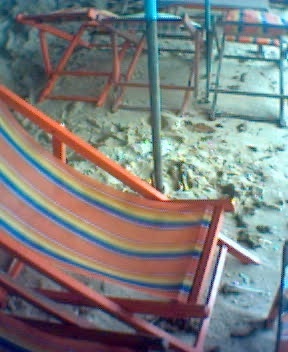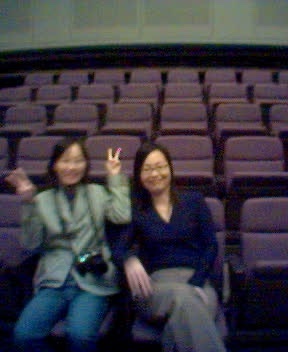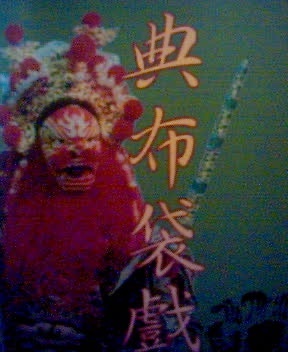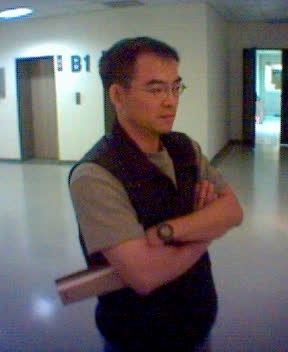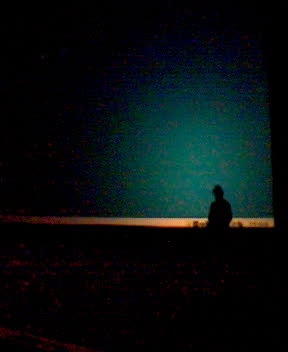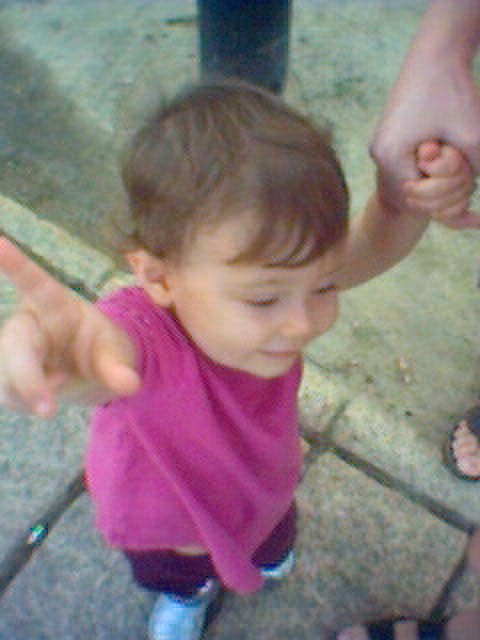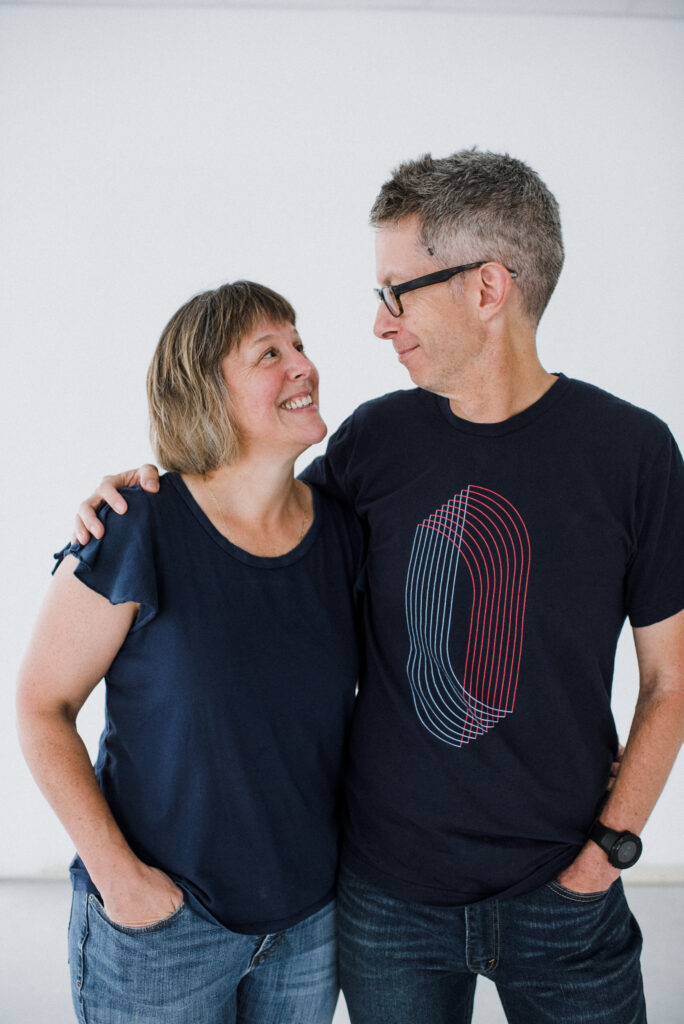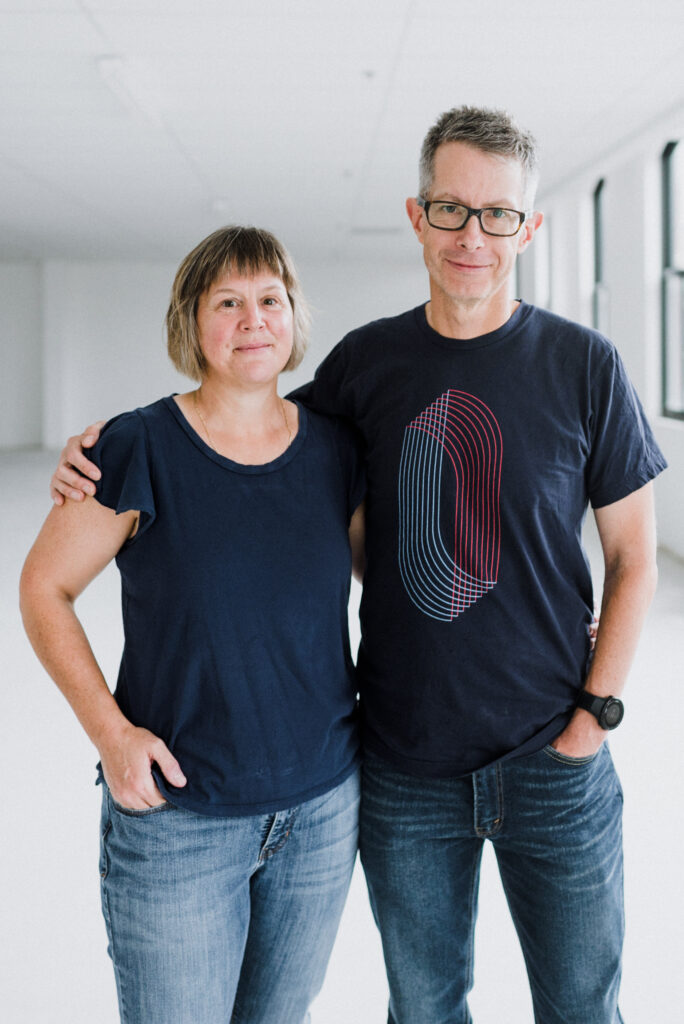I decided today on my usual Sunday morning walkabout to try shooting with my Canon SLR in RAW mode. I’m not sure if that’s the correct way to say this procedure. I have worked with RAW files in the past and thought perhaps it might be time to start using what is considered the best possible file.
Petteri Sulonen gives some pretty solid reasoning to explain as to why I am trying to use RAW files, here is an excerpt:
“RAW gives latitude to adjust everything — color balance, white balance, tone curve, sharpening, noise reduction, contrast. You even get maybe another half-stop of exposure latitude in the highlights, and at least a stop, maybe two in the shadows. Negative film it isn’t, but you breathe a lot more easily than with slide — and not only if you’ve made a boo-boo behind the camera. The fact is that RAW significantly expands your creative options.”
I’m not sure if it is a coincidence but it appeared that my Canon used the available battery power far more readily than in the past. I get great battery life from my camera normally. Unfortunately saving to a RAW file is not as straight forward as I had hoped.
Workflow
My normal workflow is quite simple. I attache the bundles cable to the camera and transfer my files directly from my camera to my Powerbook using Mac OSX’s image capture.
I organize the files in folders by date and have them open in iView Media Pro where I have created various yearly catalogues all my photographs. This software allows you to save all kinds of data regarding your photographs in a catalogue index but I haven’t really gotten that in-depth yet – I chose this software simply because it is immensely faster than iPhoto when dealing with thousands of images. I don’t discard photos but tend to pick which ones I will use by flagging them and then opening them in Photoshop for color correction and post production. They are then saved in various project folders depending on what exactly I was taking the photograph for. My originals are left untouched.
RAW goes rotten
All of this works fine when use RAW until it comes time to actually open up the files in Photoshop. Photoshop CS will not open these RAW files. In order to use Photoshop to work with RAW I must purchase an upgrade to the whole software package – you cannot upgrade just the RAW plug-in. Typical Adobe tactic.
A quick Google search turned up a number of software titles that would allow me to work with the native RAW files but I don’t really want to add another piece of software to my workflow. What I did use was the bundled Canon Digital Photo Professional. It worked but is an inelegant unintuitive slow beast of a piece of software. It is still doing a batch process conversion of todays shoot as I write this.
Do I go out and buy another Photoshop license so I can use RAW? About have of the time my work in Photoshop is working with photographs. The other time i use it to work up design comps. I never use it for composting etc. I think it’s a good time to consider Apples new Aperture instead of upgrading Photoshop (I hate Adobe draconian drm anyway). Here is what Apple says about their product:
“Featuring a RAW-focused workflow, Aperture makes RAW as easy as JPEG, letting you import, edit, catalog, organize, retouch, publish, and archive your images more effectively and efficiently than ever before. From capture to output, you work directly with your RAW files, never having to first convert them into another format before viewing, adjusting, organizing, or printing them.”
Sounds good but at the moment I don’t have good software for my files.
Storage
One other aspect of working with RAW files which gives me pause is file sizes. I never thought it would happen but if I continue to shoot in RAW I will need to buy another CF card. It’s something to consider.
Long term storage is an issue as well. I only shot 60 images today and the size of the directory is 1 gig. I might do this twice or more a week. Thats going to be an expense to consider as all my firewire drives are going to be full in little or no time at all. I could change my workflow, delete the bad shots, and start using DVD’s for more than back-up. I like having the files readily available on hard drives though.
Will Wait
As a result I think I may hold off on my adventure into using RAW files instead of jpgs. At least until Aperture is released and I can get some more storage.
Petteri Sulonen also has a bit on when not to use RAW – a couple of his points are what I have experienced (he writes it much better than I).
I publish some of walkabouts on 35togo.
